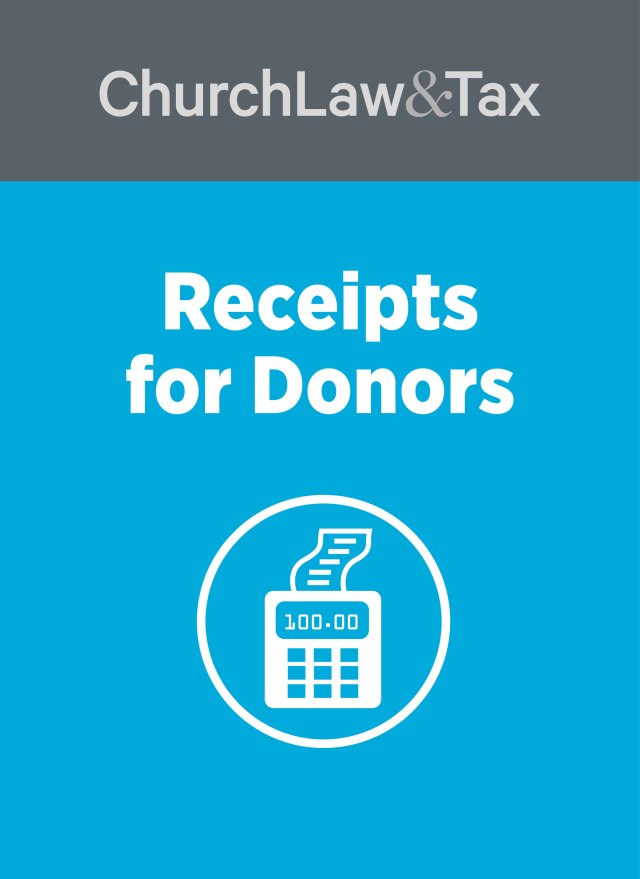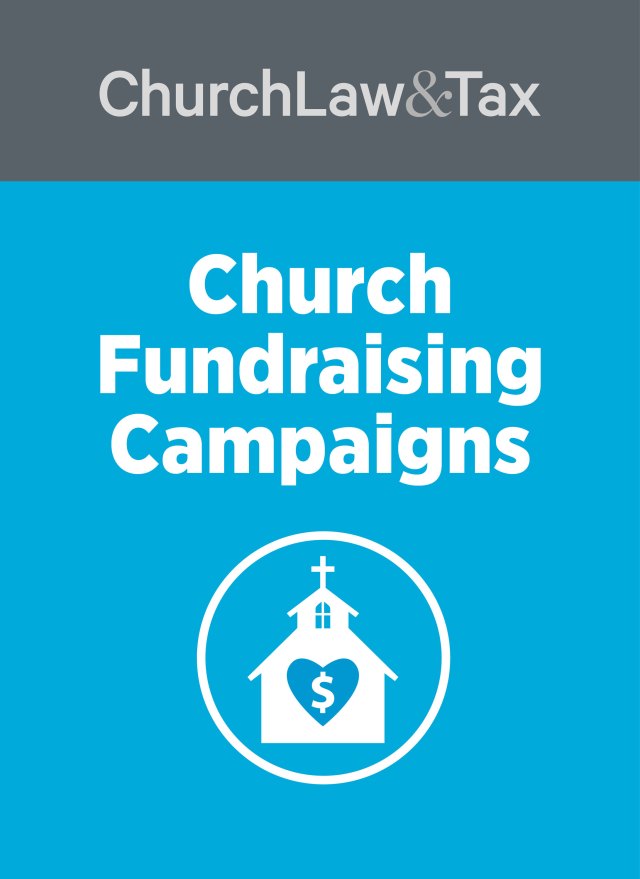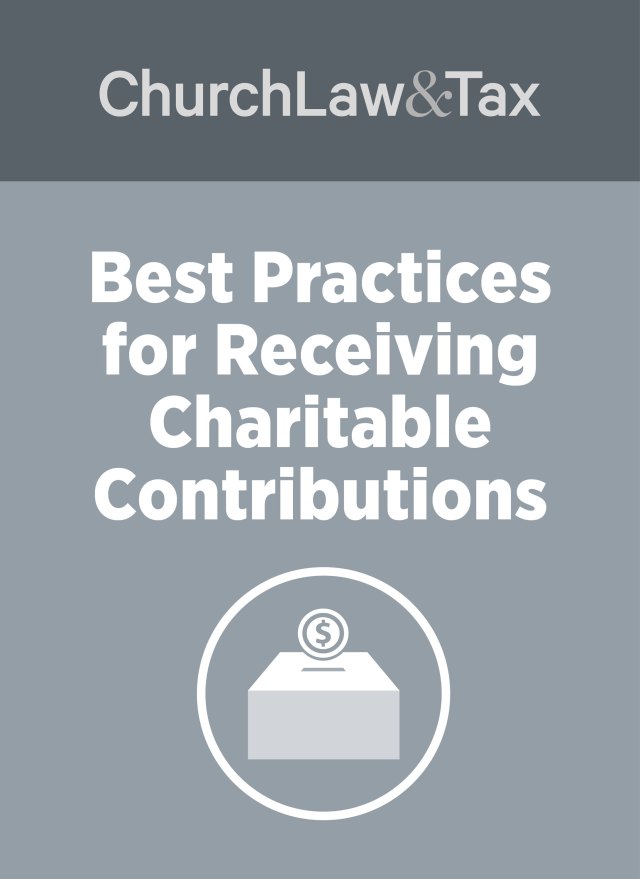More than a third (36 percent) of churches across the nation have experienced a decrease in giving since the March shut-down of many in-person gatherings, reports a new State of the Plate (SOTP) study of 1,076 churches in all 50 states. This constituency-driven study was conducted by the National Association of Evangelicals and Church Law & Tax.
The decrease indicated by the SOTP study is slightly lower than the 41 percent decrease reported in a recent national survey of 555 congregations conducted by the Lake Institute on Faith and Giving, a part of the Indiana University Lilly Family School of Philanthropy, Church Law & Tax, and others.
On the positive side, 59 percent in the Lake Institute study indicated that giving had either increased or stayed the same since March. In the SOTP study, the number was higher at 64 percent.
Further, the new SOTP finding showing 64 percent holding steady or increasing contrasted with a similar SOTP study in April that indicated giving to churches had dropped by about two-thirds (65 percent) since COVID-19 became widespread in March.
“This is encouraging news for churches across America,” said Brian Kluth, founder of SOTP and national director for NAE’s Financial Health ministry, in a press release. “These new findings show that most churches and their families are figuring out ways to survive and even thrive in the midst of all the challenges that the pandemic has thrown their way.”
Giving before the pandemic and now
Even amid any good news, the Lake Institute study offered a troublesome finding: giving in June 2020 was six percent lower than it was a year ago in June of 2019. The Lake Institute’s report on the study offered these thoughts about downward trends:
[F]actors outside the congregation’s control, such as local economic conditions, the percentage of congregational members having experienced job losses or economic hardship, and the intensity of Covid-19 within the congregation’s state likely also affected giving trends.
Specifically addressing clergy, the SOTP findings showed that the percentage of pastors feeling moderate or major financial stress since the COVID-19 pandemic began has almost doubled—rising dramatically from 18 percent prior to pandemic to 34 percent this summer.
The SOTP study also asked a number of questions specifically addressing the state of pastoral finances. Kluth, who also oversees NAE’s Bless Your Pastor initiative, recently talked about this part of the study with Church Law & Tax.
Making payroll and government assistance
Eight-six percent of churches in the SOTP study have been able to pay all staff salaries and benefits in full, leaving 14 percent of churches unable to pay salaries and benefits in full. About a third (32.5 percent) received help from the CARES Act’s Paycheck Protection Program (PPP).
This SOTP statistic on staff salaries appears to align with the Lake Institute finding that said 14 percent of those surveyed had to reduce “personnel expenses through salary reductions, layoffs, or furloughs.” However, for the Lake study, the percentage of evangelical churches receiving PPP assistance was much higher than the SOTP study, finding that a little over half (52 percent) of the evangelical churches surveyed received such assistance. (The answer was much higher for Catholic parishes researched by the Lake Institute, showing that 93 percent received PPP help.)
Looking ahead, the SOTP study showed that 75 percent anticipated paying full salaries “in the coming months.” However, in the coming months, 12 percent anticipate that salaries and benefits will decrease, 25 percent said they anticipate postponing projects and purchases, 19 percent said they expected a decrease in funding for some ministry programs, and 8 percent expected funding to missions and denominations to decrease.
As for the Lake Institute study, 19 percent of respondents said they expected a reduction in personnel expenses through layoffs and furloughs, 18 percent said they would likely delay a building program or needed repairs, 11 percent expected reduced giving to missions, service, or benevolent programs. (Note: direct comparisons between the two studies in the areas just mentioned were not possible due to variances in the questions asked.)
The importance of online giving
The Lake Institute report said that “congregations with already established online giving options and higher percentages of online givers fared better. A majority of congregations (73 percent) had the ability to make contributions online before March, and among those that did not, 39 percent scrambled to add online giving options shortly after they ceased in-person services.”
The Lake Institute report said that 94 percent of congregations with 100 attendees or more have online options in place while 54 percent of congregations under 50 attendees did not. “No doubt, this digital divide has contributed to the struggle to maintain giving in smaller congregations without in-person services,” stated the Lake Institute report.
In the SOTP study, “digital giving availability” topped the list of best practices churches use to equip congregants to give generously. Also included on the list (in descending order of most used): benevolence giving, financial/generosity sermons, pastor appreciation offering, and missions/outreach giving, capital campaign, financial curriculum, weekly offertory Bible verse, legacy/estate giving encouraged, and financial/generosity speaker or seminar.
The SOTP executive summary made this observation about digital giving topping the list:
While similar lists have been produced by the State of the Plate research since 2010, this year digital giving—including EFT, website, text phone app—moved from the middle to the top of the list as churches were compelled [to] provide these types of services.
This increase in online giving was also pointed out in the 2020 annual report from Giving USA:
Faith-based organizations [including churches] have found success with online giving, with online donors giving consistently on days other than Sunday, and through the summer months as well.
Moving forward
While 41 percent of the churches surveyed by the Lake Institute experienced decreased giving, David King, the institute’s director, told Church Law & Tax that he was pleased to see that “even larger numbers of congregations maintained or even increased giving.” Such sustained giving by congregations during this pandemic, King stressed, “demonstrates the strong giving cultures within many congregations.”
Still, keeping financially afloat over the long haul remains the challenge.
“Many congregations were able to rally donors to [meet] immediate needs in the first few months of the pandemic,” King said. “As it drags on alongside increasing economic anxiety across many of our communities, I worry this may impact giving through the rest of 2020.”
Note: For help with budgeting and handling finances during the months, see these webinars with CPA Michael Batts: “Church Financial Management in Challenging Times” (free) and “Rethinking Your Church’s Budgeting Process for 2021” (Advantage Member Exclusive). Also, check out our special collection of articles.





